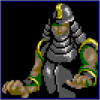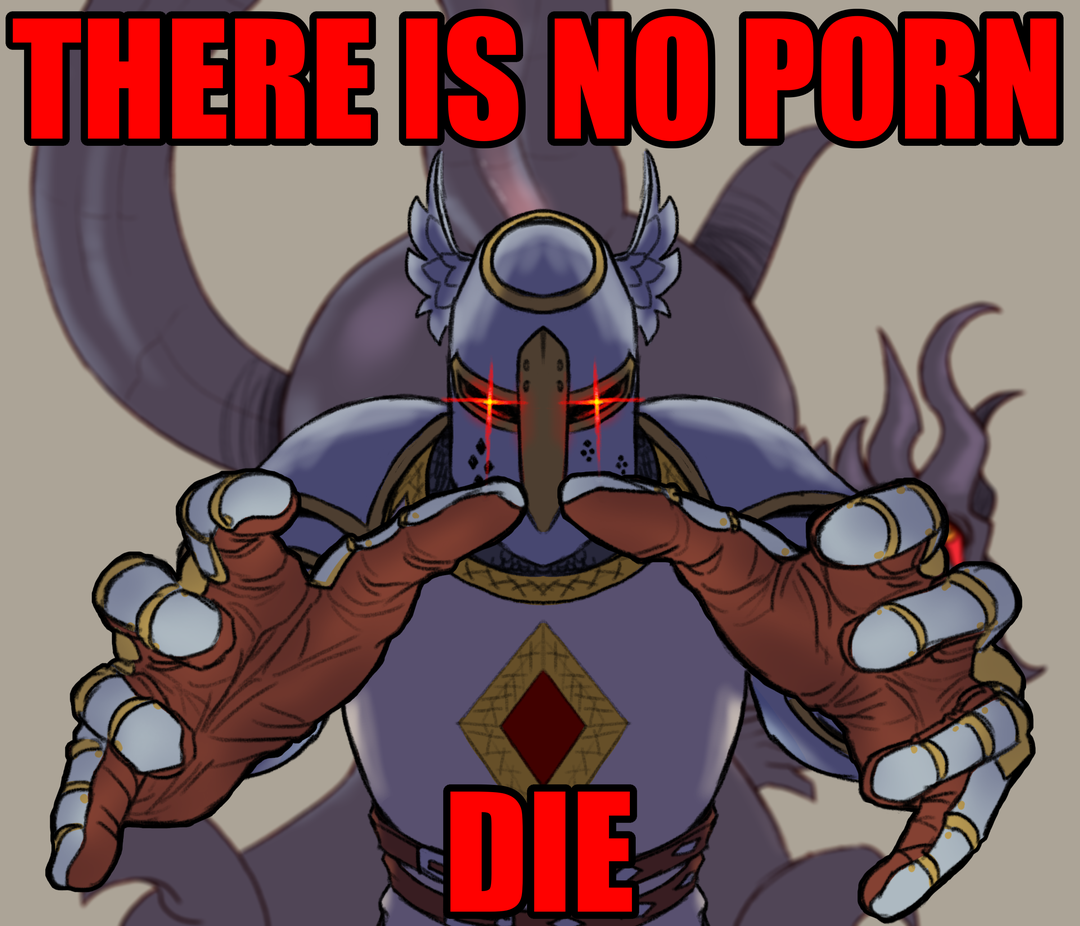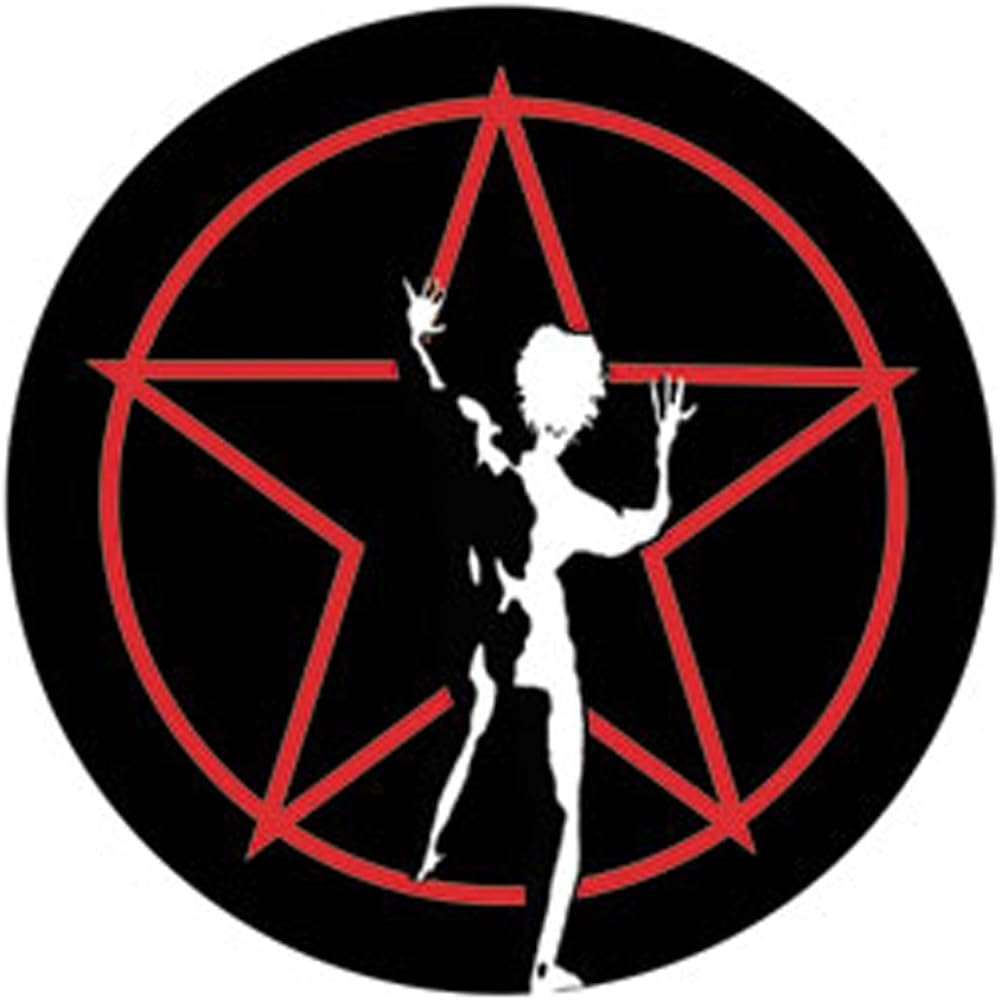Hella unlikely they were used to knit gloves
Looks like my dick would fit. It’s a urinal.
I would not be too shocked if there were actually found to be some kind of orgy sex-toy thing…
Or maybe… a dick-measuring/comparing device.
That’s SCP-184 and you don’t wanna know what it does.
Sounds useful, actually. As long as you remove it in time.
It’s already too late
Until I looked at the comments here I thought this was the little box thingy that Shadowheart had in BG3.
I wonder how hard it would be to make a mod that changes the model?
My personal idea is that they are objects created both to flex metalworking craftsman skill and in worship of sacred geometry. Ancient peoples ascribed divinity to the harmonies of the universe, especially the harmonies in mathematics like geometry. The fancier looking platonic solids like dodecahedron and icosohedron have almost magical levels of symmetry built in to them making them both aesthetically pleasing complex shapes. The fact they even exist inspires philosophical and even spiritual thoughts. As far as I understand romans had some very impressive archetecture incorporating mathematical ratios almost constantly, archetects and metal workers may very well have needed to worship geometry as a divine aspect in order to achieve such neurotic levels of mathematics in their aesthetic.
Alright, hear me out…lamp.
Guys, I found the moth!
The moth.
honestly the obvious answer to me is that it’s just a decoration, it just looks like something you’d put on a shelf to fill space
i saw someone suggest it was for hanging torches and i desperately want to know what the fuck the inside of their mind looks like, and what they think a torch is
I saw that post and it sort of made sense to me. Put the handle in the hole, stands upright. Another person comes along, rotates the torch to an angle and puts the handle of their torch in another hole to balance the weight of the two torches. Same with a third of needed, I think it could work if the device is big enough.
yeah that still doesn’t make sense to me, the only way i see it working is if you have a single torch placed in a face so it’s all upwards.
and why would you design something so strange to hold torches? imagine coming to someone’s house and their light switches are pipe valves in a closet you have to turn to dim the lights throughout the house, wack
if you want to hold multiple torches you can just have multiple sconces
Your light switch situation sounds like someone jury rigged their own Victorian gas light system with the controls in the cabinet next to the gas line for the stove.
Sounds very safe and an easy hobby project to teach both plumbing and explosive fire extinguishing
EDC torches with long-lasting paraffin and burnished-bronze keychain now on sale at Amazonicus. Buy now and get a credit-card-sized folding pitchfork half price, to always have in your pocket for those unexpected occasions.
What is this ‘Credit Card’ you speak of?
Archeologists when we’re ancient:
“Wtf is these?”
“I dunno but I bet my mum could knit a glove with it”

It’ll take them a single step on them to understand these were used in wars. That they are no longer used because they were probably banned for human rights violations.
You jest, but people actually did (and do!) use them in wars:
thanks for the link, surprisingly interesting read.
I knew this didn’t seem right for a kids’ toy. Why would anyone want to inflict so much pain to innocent children?
They were replaced by the ones that blow up instead. Less pain but more instant death.
Rule number 1 of archaeology: if you don’t know what it is, then it’s religious.
Foot massagers
AMAZING! You have uncovered the missing thing that goes INSIDE the dodecahedrons!
Btw my favorite theory is that they are some kind of dice for a game. The little nubbins on the corners would help them bounce around better.
I always assumed they were for a game. Why have a different face on most of the sides if they werent some sort of dice like game piece?
Honestly though I’m glad archeologists went with “mittens” rather than their old standby “human sacrificing sex cult worship”.
Edit: fuck spelling is hard
Hey now, archeologists know their sex cult stuff hence “fertility object”. The we dont know is usually labelled as ritual object and left at that.
the holes seem too small for, er, fertility…
Every hole is a goal.
Children’s caltrop set.
Just like my code. It’s obvious what it does and doesn’t need documentation… until I try to understand it 2 years later.
Lol, try two weeks later 😅
Ehm, two days for me ;)
I like the idea that it was a blacksmith “benchy.” Archeologists might do the same with the one 3D printing hobbyists make.
Archeologists in the future: WHY THE FUCK ARE THERE SO MANY LITTLE BOATS?!
They are for ritualistic and ceremonial purposes
1, I don’t expect most benchys to last longer than people who know what they’re for; I imagine the plastic will crumble to microdust before then, but 2. benchys look like little toy tugboats. Society being so destroyed we can’t recognize a toy boat while benchys are still around…I’ll believe that the last human to hold a benchy in their hands will say “Oh, a weird little toy boat” but not “no one on earth knows what this is or has the start of the beginning of the foggiest clue what it was for.”
Honestly, that’s a pretty good take. Considering that welding/brazing would be incredibly hard (or impossible) with the tools available in antiquity, we’re left with casting that beast in one shot. The thin walls and nubblins on all sides that need to permit molten bronze to fill, makes for a difficult to construct and pour mold. Heck, just constructing the master from clay or wood is non-trivial, and then there’s the finish work on the rough casting.
So yeah, a practically useless paperweight that demonstrates how amazing your brozneworks is? Totally plausible.
Edit: Upon closer inspection, it might have been mostly turned on a lathe out of a chunk of cast bronze, with a ton of manual finish work. So, still very hard. The nubblins don’t 100% interfere with the faces if you can get your tool in behind them, cutting from the axis of rotation, outward. Each face on the duodecahedron has an opposing face, making turning between centers easy. The nublins are also all opposed from each other, on the same axis, which would make those possible to also form on a lathe. It’s the hollow inside that would require turning to remove bulk mateiral, then a pile of manual finishing work.
So yeah, a practically useless paperweight that demonstrates how amazing your brozneworks is? Totally plausible.
It could be the equivalent to a master’s project for an apprentice. I build and fit custom orthosis and prosthetics, at the end of the fabrication portion of school they had us build a brace that’s not really ever prescribed anymore.
However, that particular brace requires all the fabrication skills required to practice in the field. Having one of these sitting on your table is instant proof that you can finish a complicated project.
It would also serve as an easy metric when traveling to places with non standardized measurement systems. Instead of transcribing what 1/32 of a cubic is, the customer could just point to a different sized hole.
I was wondering this too. I was reminded of the torture tests that stonemasons go through, starting with “cut a perfect cube, then cut it into a perfect sphere”, and culminating with something ornate like a gargoyle.
I love how, in this very thread, there are 3-4 pretty confident (and completely different) answers stating, without much doubt, its obvious purpose.
deleted by creator
What else would it be? It’s obviously a Katamari Damacy.
Unlikely why?
Here’s a video of it being used for that: https://youtu.be/76AvV601yJ0?si=kvdh4ZLiBCmyldPN
I have seen people argue that "they are pretty intricate and expensive things to use only for the purposes of knitting gloves. ". To them, I would like to submit my wife’s $1100 sewing machine that definitely gets used, and isn’t just some weird status symbol among creative types.
Just because you could use it for knitting it doesn’t mean it was its purpose.
There’s not a lot of detail, but you can check on the Wiki why it’s ultimately an unlikely explanation: https://en.wikipedia.org/wiki/Roman_dodecahedron#PurposeWikipedia and this sort of thing…Yknow the article on saddles says that stirrups weren’t invented till the 9th century AD but the article on riding boots said the heel, to prevent your foot going through the stirrup, dates to 5th century BC.
Thanks! I really like the idea that it was a test of skill of a blacksmith.
That seems like the most likely thing to me too
Knitting isn’t attested until almost a millennium after this artifact was created. Nålbinding was practiced during this era in a variety of areas and can look very similar, but is mechanically very diffferent.
Yeah, this object isn’t attested to either, so…
Less ambiguously worded: knitting did not exist in Roman late antiquity. Romans produced their fabric by weaving. It’s very easy to tell the difference when looking at a fabric if someone points it out to you. Knitting was an early medieval probably Middle Eastern/North African invention. It took a while to spread.
It’s very awesome that someone was able to use a model of one of these to knit a glove, but one time I got wasted and knit with pencils. I really love imagining little Roman schoolchildren in woolen mittens and beanies, but it’s just not realistic.
Man, i looked up nalbinding. It’s knitting, 7000 years old, romans made their socks and mittens that way, it’s not crochet, of course, but it’s knitting. Apparently it was only named nalbinding in the 70s, it was just knit before.
Nålbinding and knitting are not the same. They look very similar in the finished product, and can be hard to tell apart by non-experts, but are made by entirely separate processes. Because of the difficulty in identification - because honestly, many archeologists and historians before the 1970s were extremely ignorant on the history of “day to day” folks - many items were misidentified.
What the granny did was spool knitting - see https://youtu.be/cWNhi1iEIvk?si=g38FJCuCr3l78gPe
Nålbinding looks like - https://youtu.be/ouOHK-D0TGM?si=uXTwlbXpl6IyOdvY
Key differences: Nålbinding uses smaller, shorter strands tied together (early spinning methods = shorter bits to work with). Nålbinding works with one finger holding the stitches, the earliest knitting (which tbh, didn’t really reach Europe until the late medieval period) was worked in the round on multiple double pointed needles. What the earliest knitting looked like wouldn’t have looked what granny was doing, or either of the two videos linked above. (I tried to find a video but FUCK dpens, circ gang 4lyf)
Yeah I watched the video. it’s knitting dude.
Here’s the thing. You said “nålbinding is knitting.”
Is it in the same family? Yes. No one’s arguing that.
As someone who is a scientist who studies knitting, I am telling you, specifically, in science, no one calls nålbinding knitting. If you want to be “specific” like you said, then you shouldn’t either. They’re not the same thing.
If you’re saying “knitting family” you’re referring to the hobby of weaving, which includes things from crochet to macramé to plaiting.
So your reasoning for calling nålbinding knitting is because random people “call fabric crafting knitting?” Let’s get felting and tatting in there, then, too.
Also, calling something knitting or weaving? It’s not one or the other, that’s not how taxonomy works. They’re both. Nålbinding is nålbinding and a member of the knitting family. But that’s not what you said. You said a nålbinding is knitting, which is not true unless you’re okay with calling all members of the knitting family knitting, which means you’d call macramé, plaiting, and other weaving methods knitting, too. Which you said you don’t.
It’s okay to just admit you’re wrong, you know?
You’re wrong, but here’s some cool socks that someone might have worn while making dodecahedrons: https://youtu.be/SCIV27RVA90?si=inVWHIQz5bDV9LV3
Nålbinding is a very different technique because it is early - working with small scraps of fiber because you’re just grabbing what’s available, and it’s a technique that closes itself (unlike knitting or crochet, you don’t have to “weave in” the ends). Nålbinding also involves you working “off thumb.”
It’s very fun to imagine that Romans had a nifty way of mass producing gloves. But it’s a massive stretch. Clothing was made at home, by the women of the home. Poor women would not have been able to afford a fancy doohickey. Wealthy women didn’t make their own clothes. Prestige clothing (eg togas) was primarily woven.
I’ve seen lots of cool people make art with things that weren’t intended for the purpose of making art, and that’s great! Folks can write messages in the sky with airplanes - that doesn’t mean that airplanes were invented for skywriting.
Scale replicas can be used to knit gloves. Life size ones are way too big to make gloves for humans.
Yet more evidence for Giant cyclopes
As if we needed any more.
Have a quick think, what’s bigger than a finger…?
The thingamabob needs no description

















